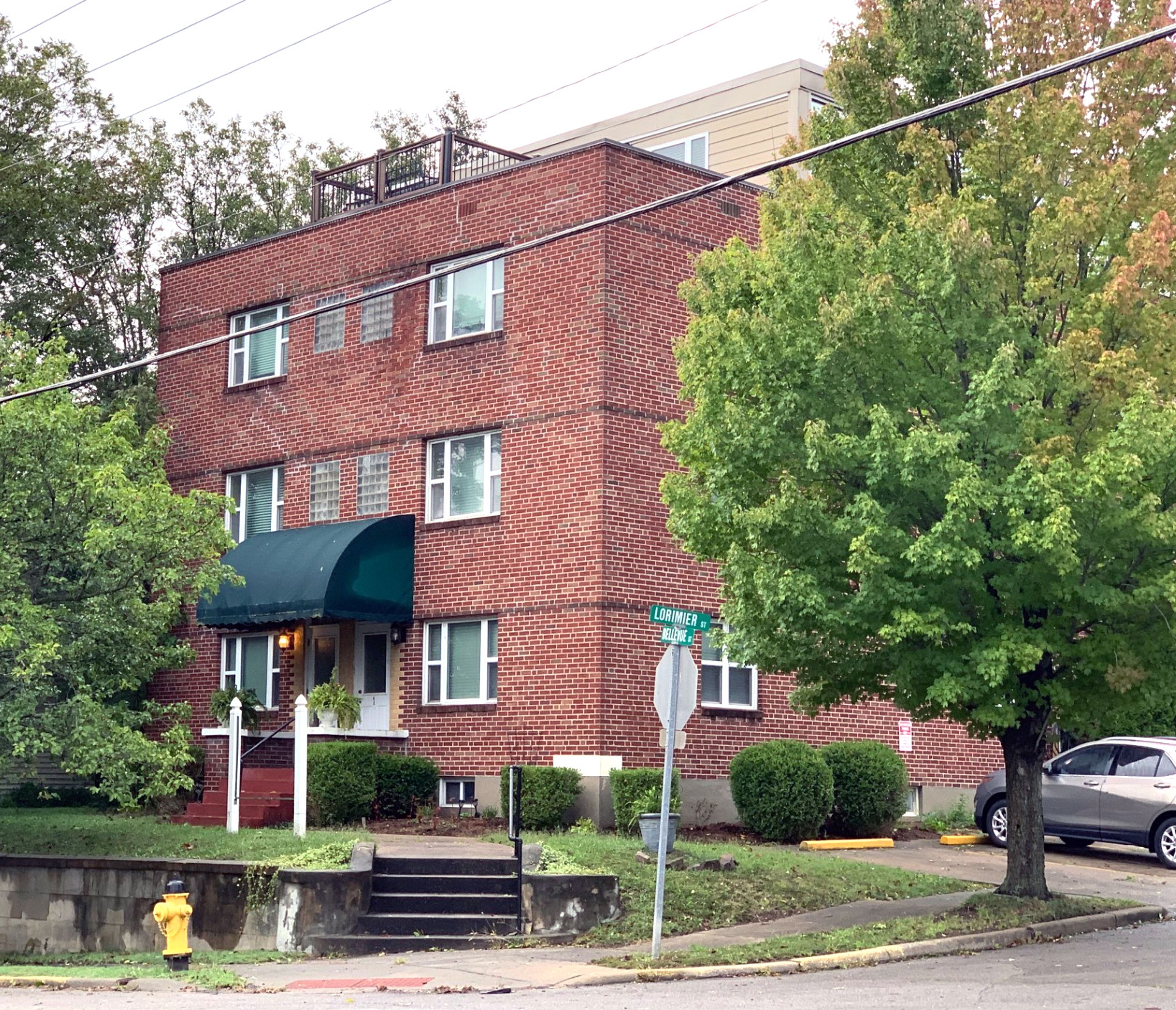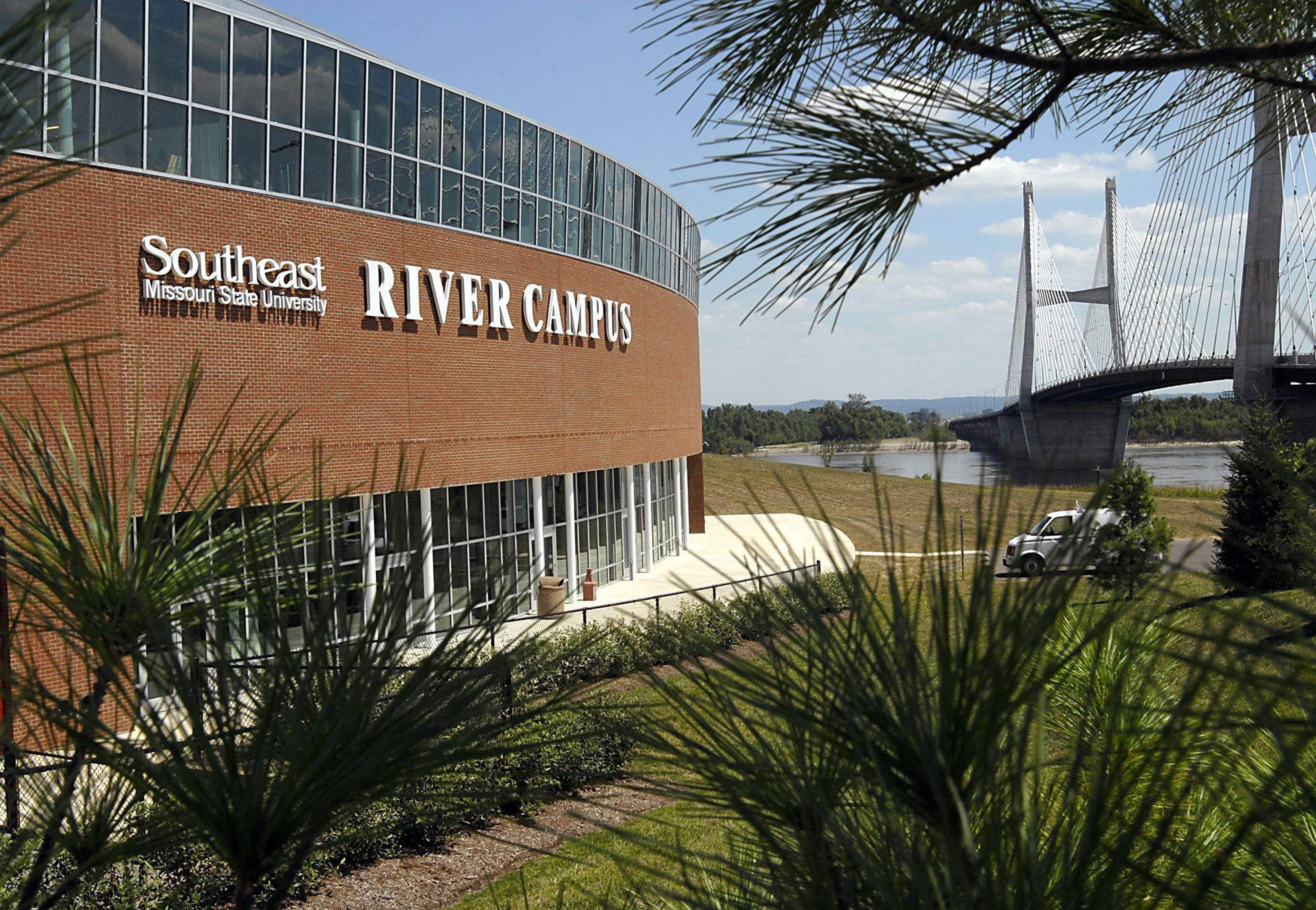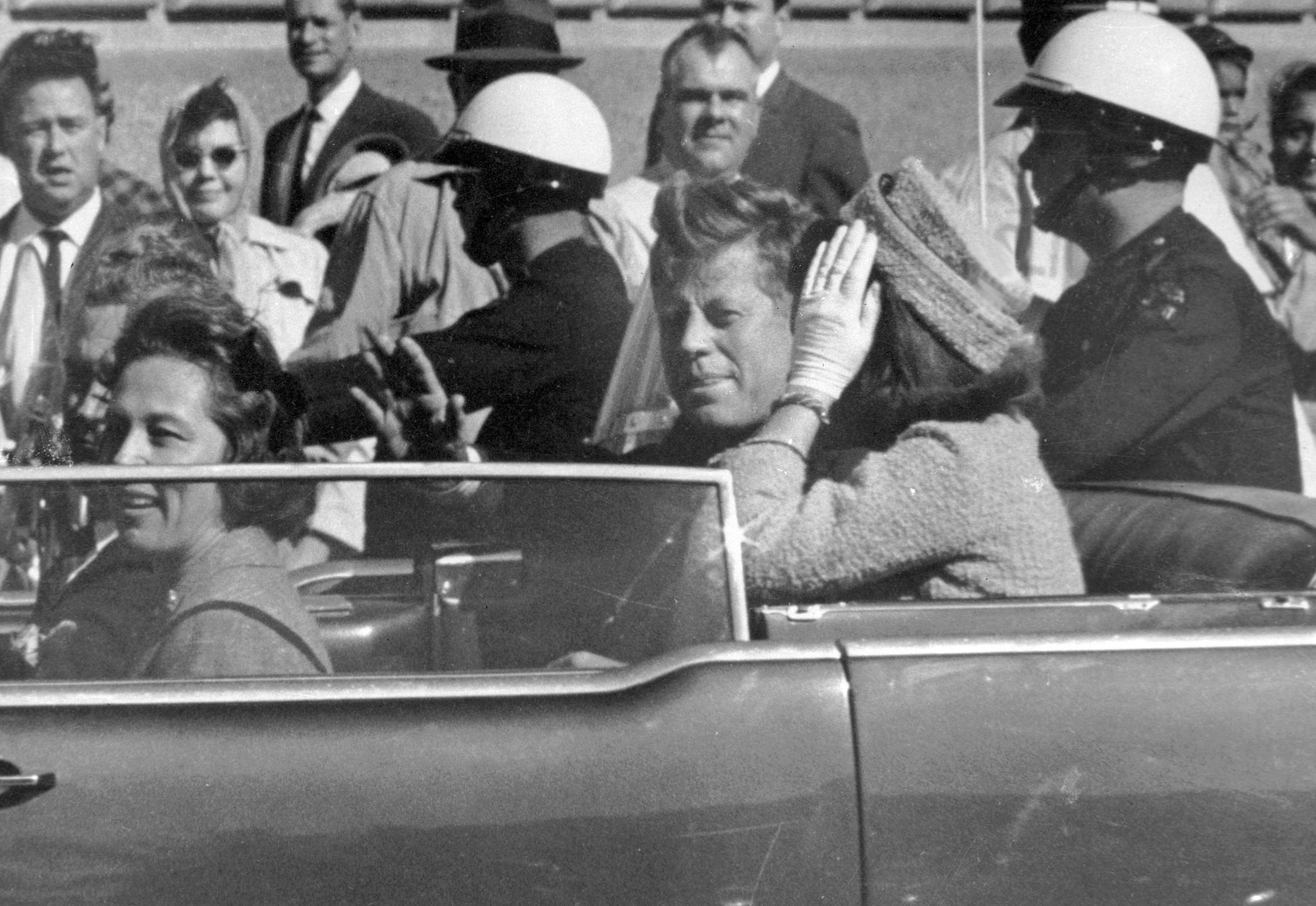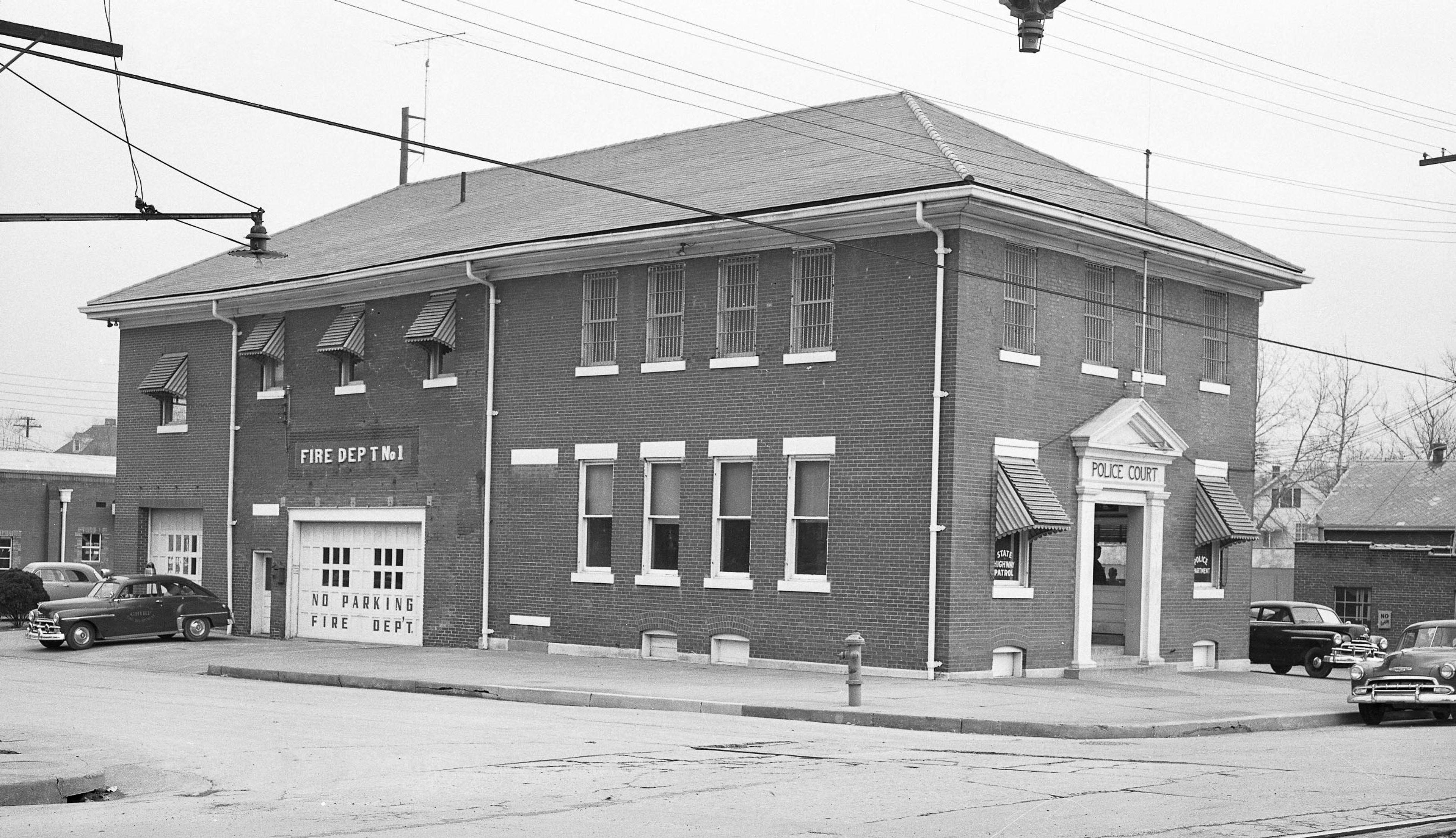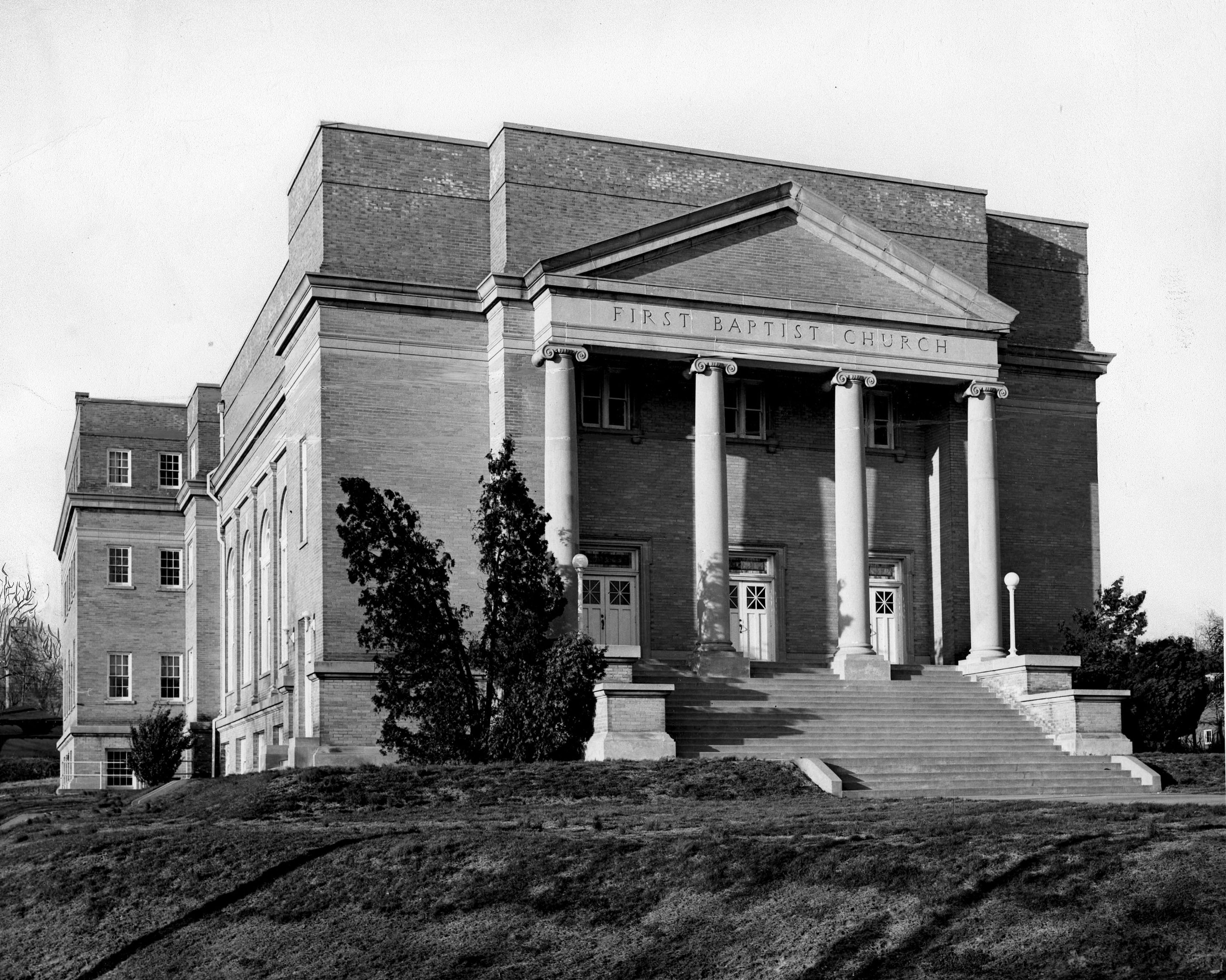From the Morgue: Apartment house built on site of Cape's first brick home
In 1949, a historic Cape Girardeau site, once home to the town's first brick house built by William H. Ashley in 1811, became the location for a new 12-unit apartment building.
On Oct. 13, 1949, the Southeast Missourian announced the sale of the apartment building at the northeast corner of Independence and Fountain streets to Mr. and Mrs. Wayne Rust by Mr. and Mrs. F.X. Roth. The Roths had purchased the six-family apartment house from C.A. Juden, who constructed it in 1938.
The small article says nothing about Mr. and Mrs. Roth’s future plans. But just four days later, the newspaper disclosed F.X. Roth, owner of Roth Motor Co., had big, big plans for one of Cape Girardeau’s most historic sites.
Published Oct. 17, 1949, in the Southeast Missourian:
Apartment to be on Lorimier
City building records today showed a permit issued to F.X. Roth, owner of the Roth Motor Co., for construction of a 12-unit apartment building to cost $30,000 at the northwest corner of Bellevue and Lorimier streets.
The building, the permit stated, would be three stories in height and of brick construction over a concrete foundation. It would have a built-up roof. A gas-fired, hot water heating system will be used.
Plans call for construction of six apartments with two rooms and bath and six others with three rooms and bath. The building would be 36 by 96 feet in size.
Mr. Roth last week sold his three story, six-family apartment at the corner of Independence and Fountain streets to Wayne Rust of Rust & Martin Upholstering Co.
It is expected that construction of the new building will be started soon.
Published Nov. 2, 1949, in the Southeast Missourian:
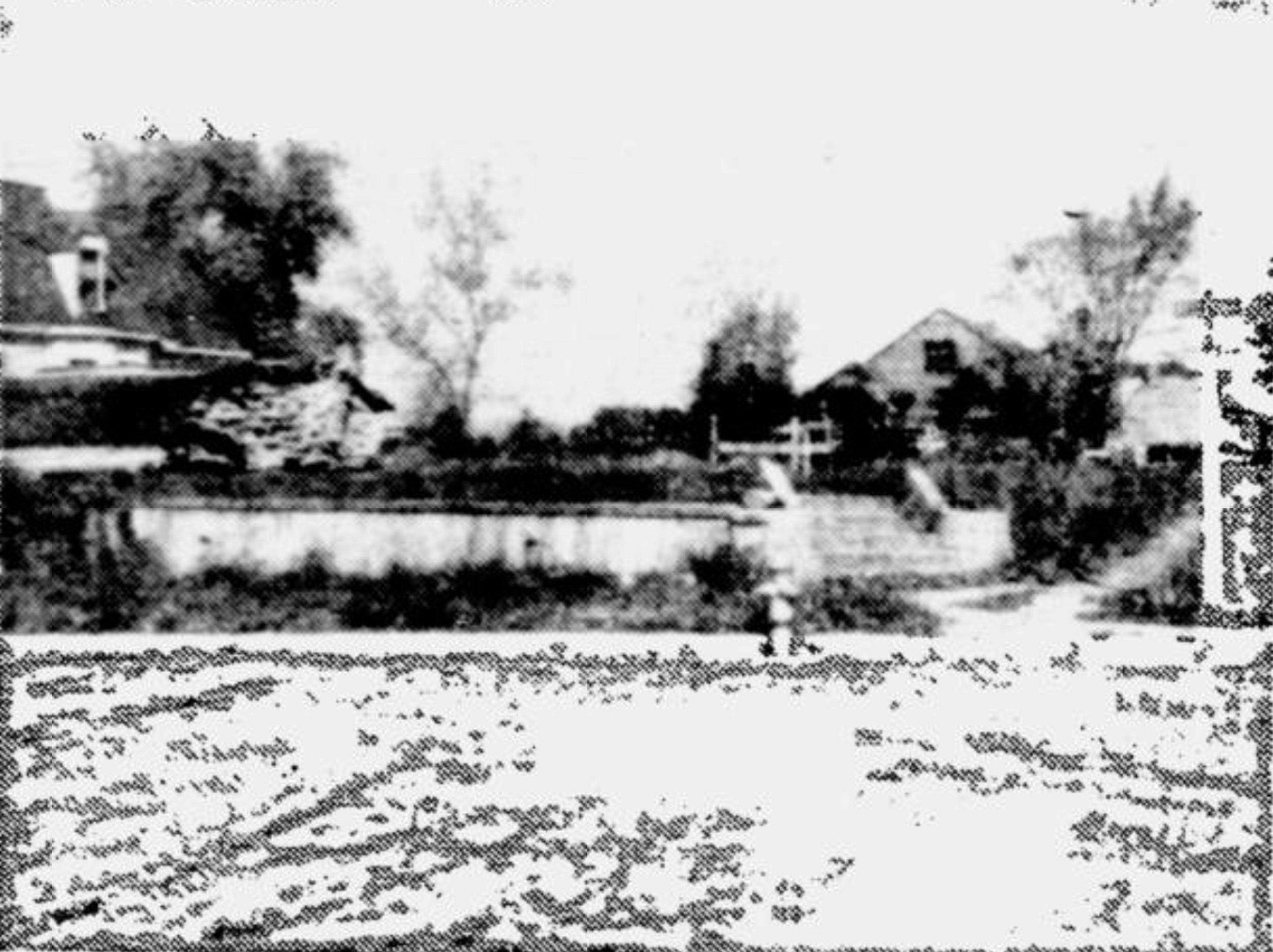
Hilltop site where first brick house in Cape stood to be occupied by apartment
Erection of an apartment building on the property at the northwest corner of Bellevue and Lorimier streets serves to recall an interesting bit of history about that particular piece of ground, for on it was built the first brick house in Cape Girardeau. Not only did the house itself come into historical prominence in the growth of the town, but its builder became an historical figure in the early trade development of the Midwest and Far West.
It was back in 1805 when William H. Ashley settled in Cape Girardeau after trekking out from Virginia. He was an educated man, and one of great ability, historians show. Shortly after his arrival in the little village, Ashley acquired a large plantation where Jackson is now situated, this being of course, before Cape Girardeau County was established.
It wasn’t long before Ashley became one of the prominent citizens of the Cape Girardeau district. Before long he was attracted to beautiful Mary Able, daughter of Ezekiel Able, an important citizen of the town, and the two were married. Then in 1811, Ashley selected a site on top of a hill overlooking Cape Girardeau from the north and built a brick house, the first one in the town.
There is a bit of important local history concerning Ezekiel Able, an early settler who became prominent in the community by his trade of blacksmithing. Able, also versatile in the building business, was awarded a contract, probably by the Cape Girardeau Court of Quarter Sessions, to build a courthouse and jail. The jail was completed in December 1806, but the contractor became insolvent and the courthouse was not finished. As the custom in these days was to jail persons for debt, Able may have been locked up for a period in his own calaboose.
However, the courthouse was later finished to become known as Common Pleas Courthouse, and Able subsequently became engaged in trading in lands and acquired large wealth.
Earthquake damages house
In 1812 the (Ashley) brick house was badly damaged by the great New Madrid Earthquake. That same year Ashley moved to Potosi, where he became engaged in the manufacture of gunpowder, a necessary and profitable business of the time. While in Potosi, he met the man who got him interested in the fur business, which was to later lead him to fame and great fortune. That man was Maj. Andrew Henry, hunter, fur trapper and Indian fighter, who had just returned from one of his expeditions to the far west.
Ashley later moved to St. Louis, evidently to get in a trading center, where in 1822 he organized the American Fur Co. Within a few years he became the greatest fur merchant in the world. During his career he served as a colonel in the Indian wars of 1812 and was made general of the state militia in 1822. He was elected the first lieutenant governor of Missouri in 1820. His grave is in an Indian mound on a high bluff overlooking the Missouri River (near Boonville in Cooper County).
According to (Robert) Douglass’ history of Southeast Missouri, had Washington Irving, who glorified the fur trade of John Jacob Astor in his writings, known Ashley, he would have written about the general rather than Astor.
Years later the brick house, repaired of the damage brought about by the devastating earthquake, became the home of the Cape Girardeau Eagle, one of the early newspapers of the town. Because of the publication’s name, the house perched up on the hilltop became known as the “Eagle’s Nest”.
Newspaper drowned by Federals
The newspaper was established in 1847 and managed to keep in existence until some time during the Civil War, when the Federals carted the printing press and type to the river and dumped it all in the water.
It is uncertain whether or not the newspaper was printed in the editors’ home, but probably not. Most likely the printing equipment was set up in a building on the levee. At any rate, after the experience with the Federals, the editors left town.
What brought on this “usurping” of the press is a story in itself. In 1856 one Jere M. Bauman teamed with Capt. Ben F. Herr to assume charge of the Eagle. At that time only two other papers were published in Southeast Missouri — at Charleston and New Madrid.
Before the Civil War the Eagle was lustily advocating secession. The two editors had organized a militia company, known as the Marble City Guards, and joined the Confederate forces. Bauman attained the rank of first lieutenant and the Eagle, because of its stand, appealed to the two men. They took it over, but shortly after the Federals overtook them.
More than a half century later on June 12, 1909, Jere M. Bauman, after attending a Confederate reunion at Memphis, visited Cape Girardeau at the invitation of The Missourian, then The Daily Republican. It was at this visit that he related the story of his editorship. When he was shown to a room at the St. Charles Hotel, Mr. Bauman said to the clerk, “This is the room I occupied once more than 50 years ago when the name was the City Hotel.”
Chance meeting with Girardean
Bauman’s visit to Cape Girardeau was occasioned by a chance meeting with a Girardean in Philadelphia. The veteran editor and soldier was in charge of the reference library of the Philadelphia Inquirer, and the Girardean, who was in Washington as secretary to the congressman from this district, met Bauman when he called at the library in quest of information.
The history of the brick house from the Civil War until its razing shortly before the turn of the century is not clear. An item in The Missourian on Sept. 12, 1928, tells of D.A. Glenn, a prominent merchant of the modern Cape Girardeau, relating that the brick house came known in his early days as “the old pigeon roost”. This remark leads to the belief that the house was unoccupied in the late years of its existence and was allowed to become a shambles.
By that time Bellevue Street had been laid out and Lorimier Street extended up the hill. The property had been acquired by Charles T. Lewis, who married in 1897 and built an imposing two-story frame residence on the site. The house, as many Girardeans now will remember, had several gables and was generously adorned with carved wooden scroll work.
The Lewises lived in the house for 35 years until the death of Mr. Lewis in 1932. A year or two later fire destroyed the house, and what remained of it was torn down. The lot has remained vacant until the present time.
A lot is written about William Ashley online, but few articles mention his connection with Cape Girardeau or his marriage to Mary Able on Nov. 17, 1806.
A column written by the late historian Katherine J. H. Cochran for the Cape Girardeau Bulletin in 1969 does provide a few more tidbits about William and Mary.
After the death of Louis Lorimier, a five-man committee was appointed by courts to establish a new district seat. “The land which the commission purchased was the property of William H. Ashley and his wife, Mary Able Ashley, and was given to them as a wedding gift from Mary’s father, Ezekiel Able, when the wedding took place Nov. 17, 1806…
“At the time the 50-acre tract was purchased as the nucleus for Jackson, the Ashleys were residing in Potosi, where Col. Ashley was in business with Lionell Brown manufacturing gunpowder. Some of the powder used in the Battle of New Orleans was made in Potosi. Following Mary Ashley’s death, the colonel removed to St. Louis and his career in the political history of Missouri began. He also became interested in the establishment of the fur trading company called the Rocky Mountain Fur Trading Co. It was in competition with the American Fur Trading Co. of John Jacob Astor. Ashley’s company was formed in 1822. At the time St. Louis had a population of 5,000; Jackson’s population was in the neighborhood of 300, and Cape Girardeau had come to a standstill because of disputes over land titles…"
National Park Website’s biography of William Ashley: www.nps.gov/bica/learn/historyculture/william-ashley.htm
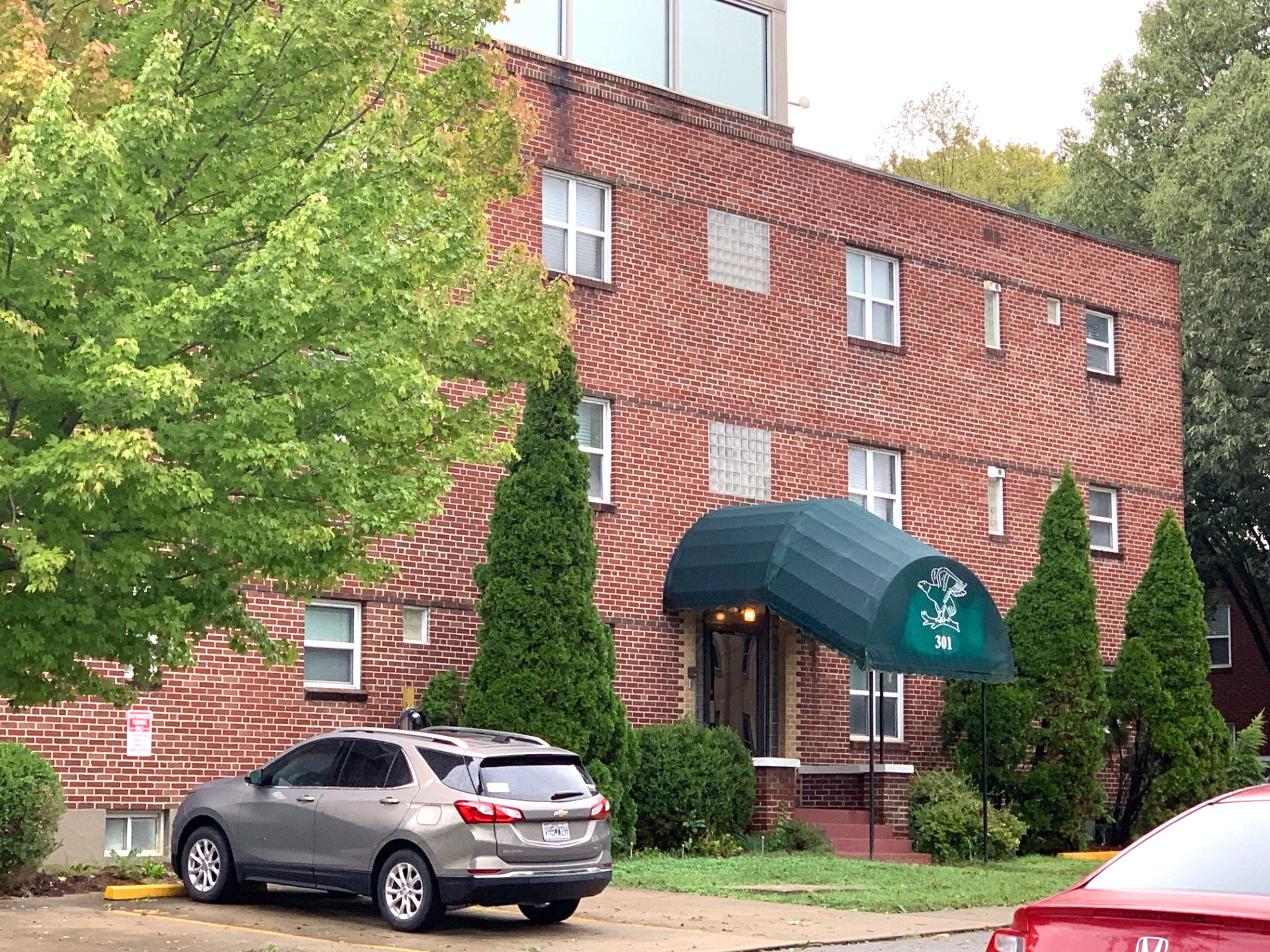
It's interesting to note that the apartment building that was built on the site of the first brick house built in Cape Girardeau continues to bear the name attached to that residence: Eagle's Nest.
Sharon Sanders is the librarian at the Southeast Missourian.
Connect with the Southeast Missourian Newsroom:
For corrections to this story or other insights for the editor, click here. To submit a letter to the editor, click here. To learn about the Southeast Missourian’s AI Policy, click here.


